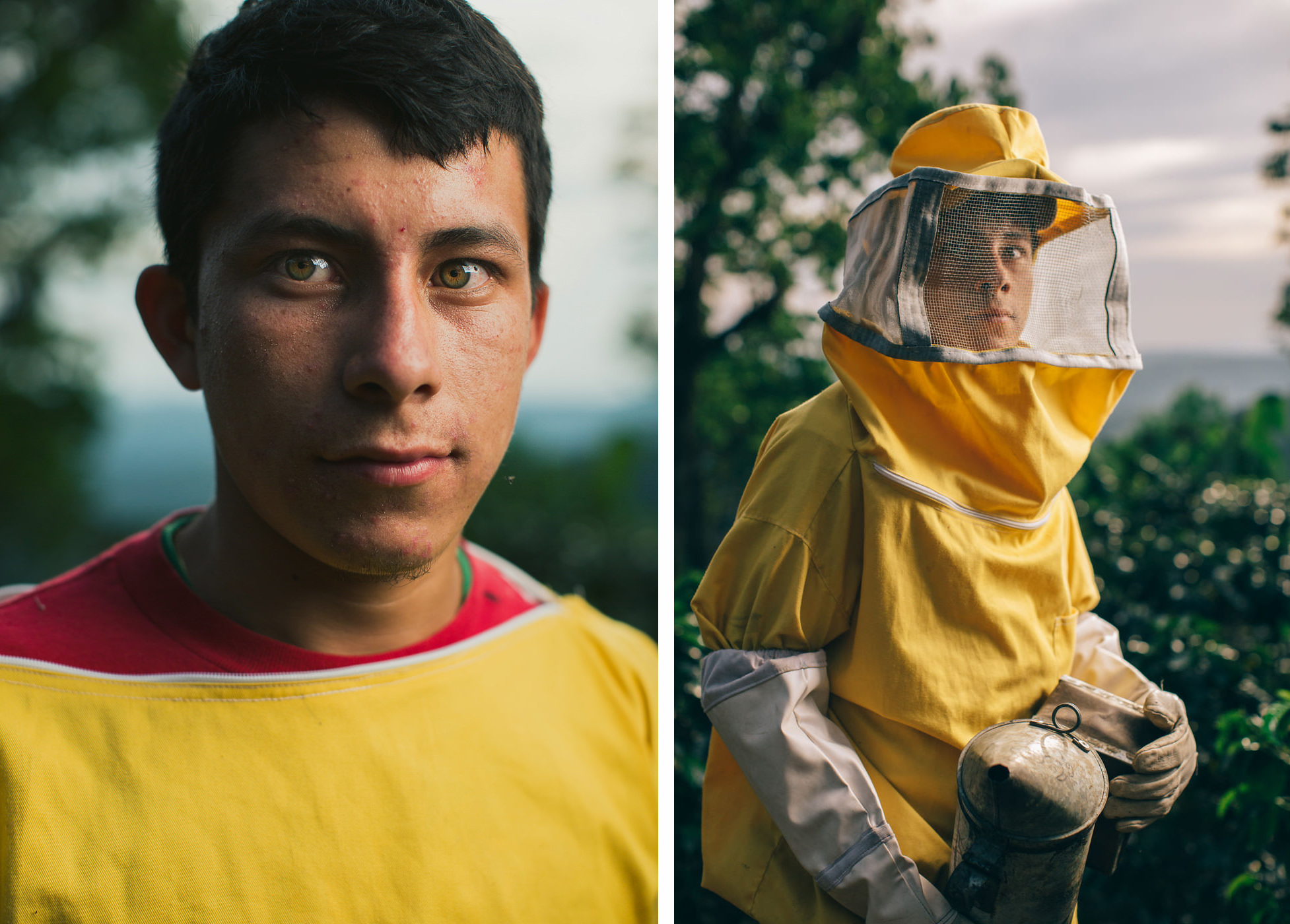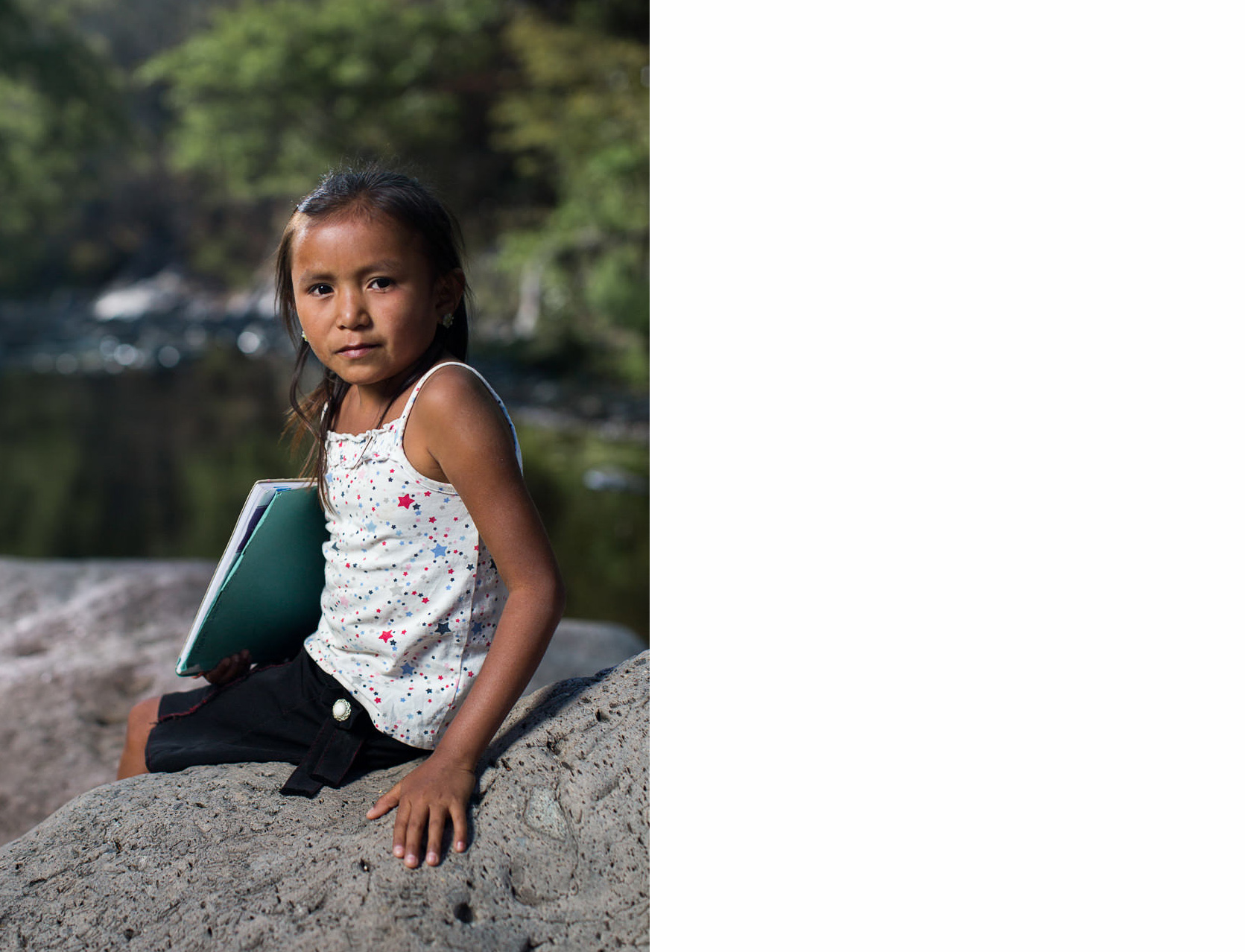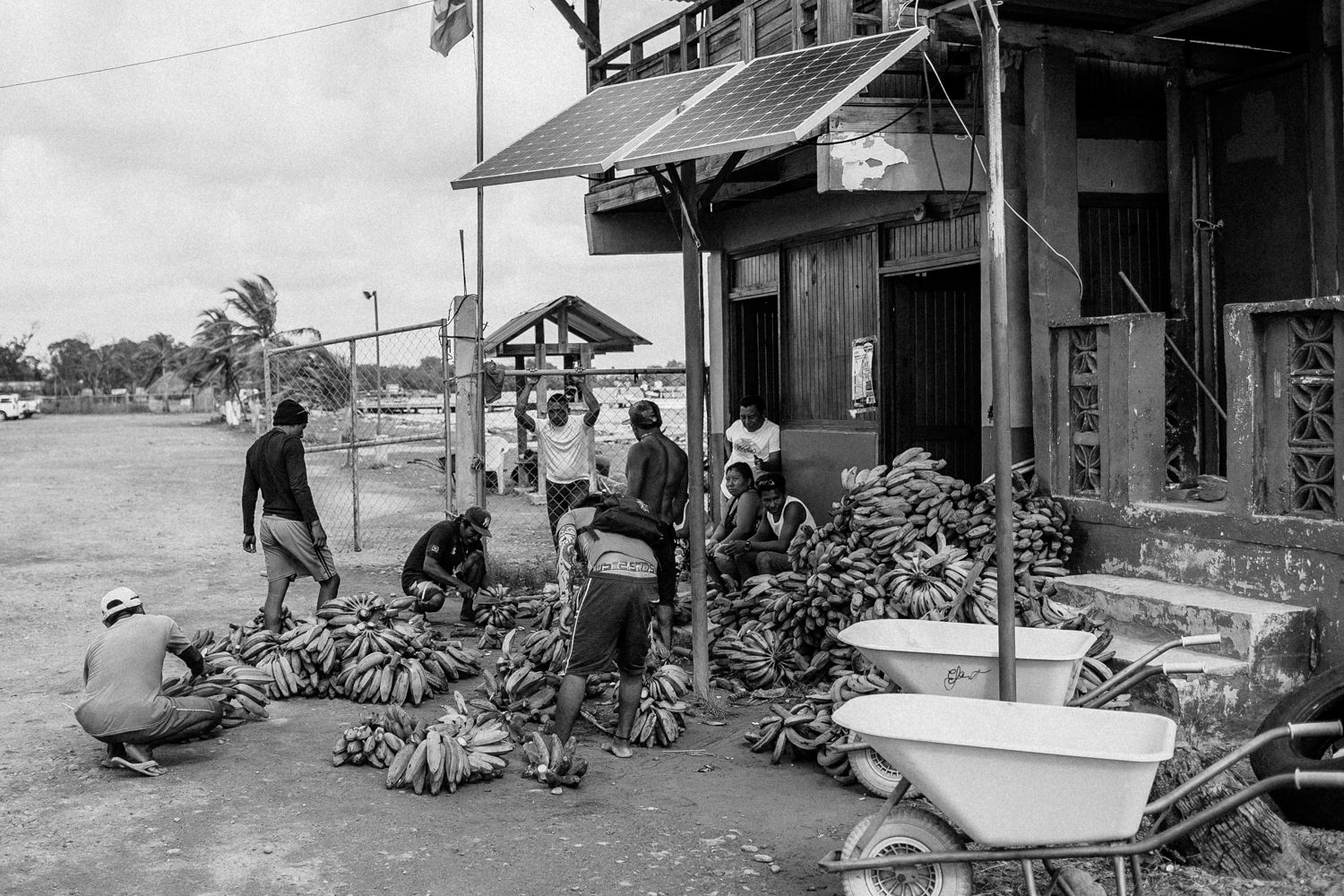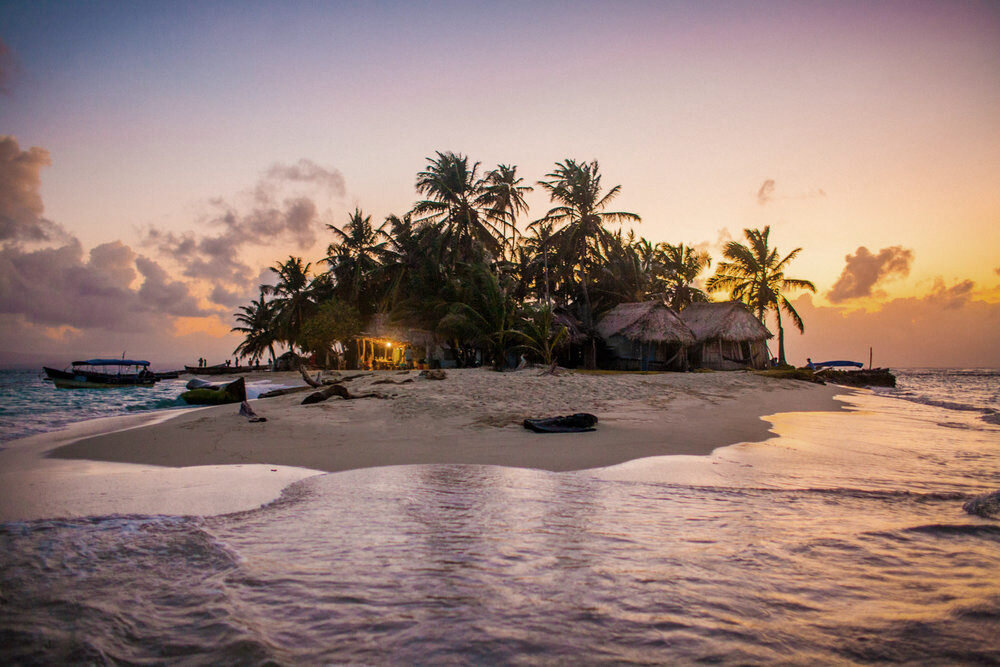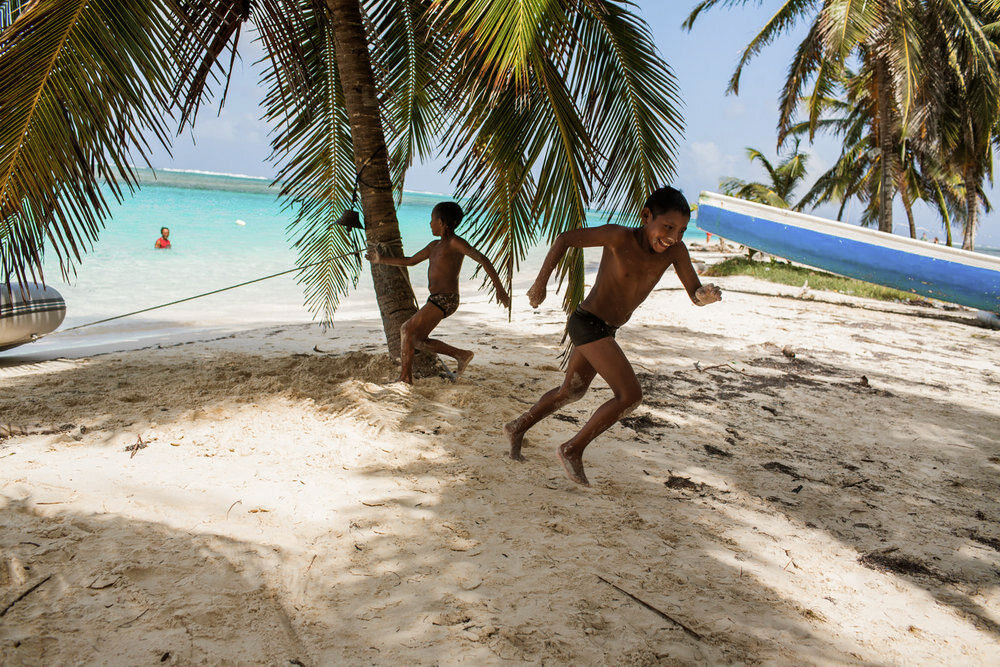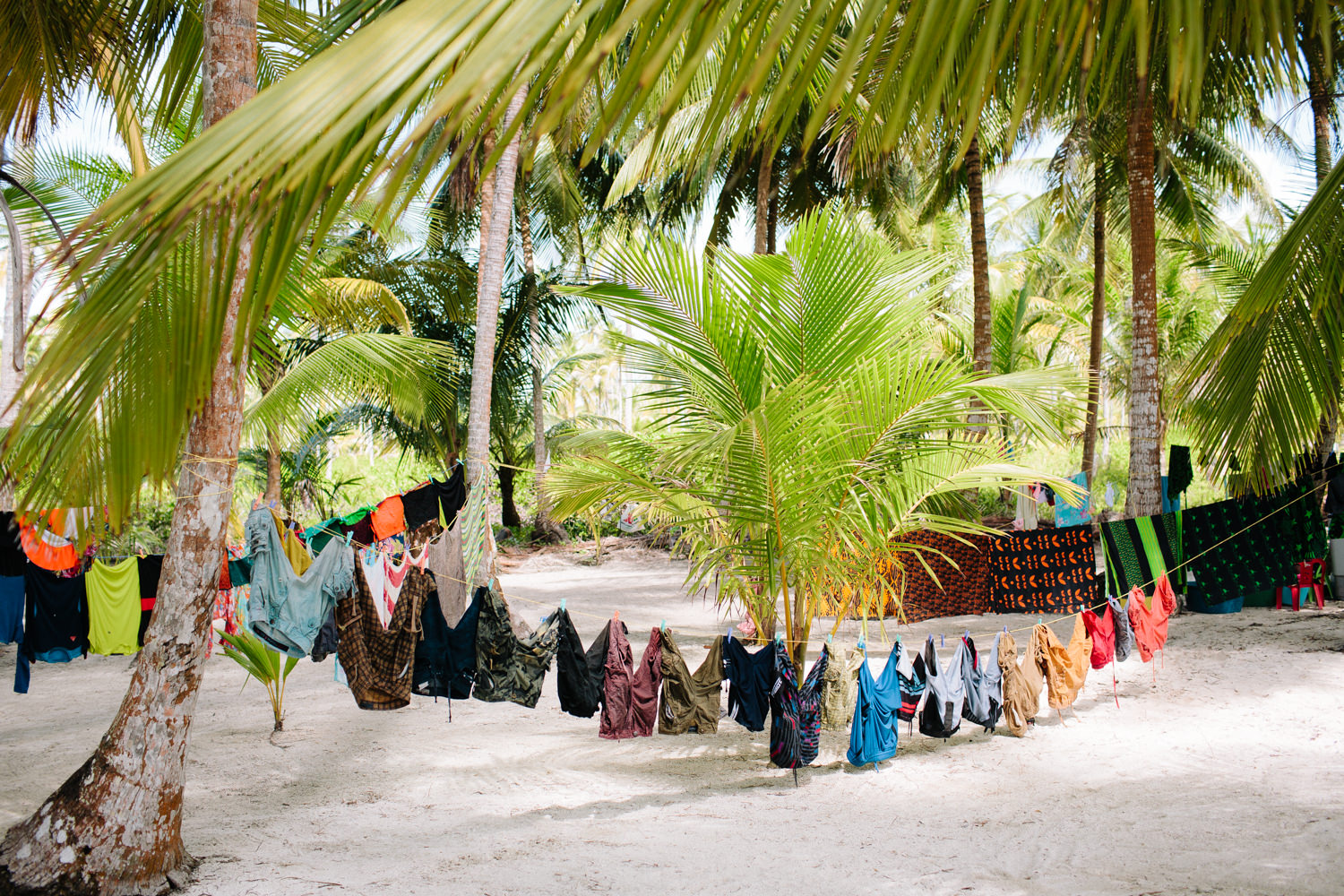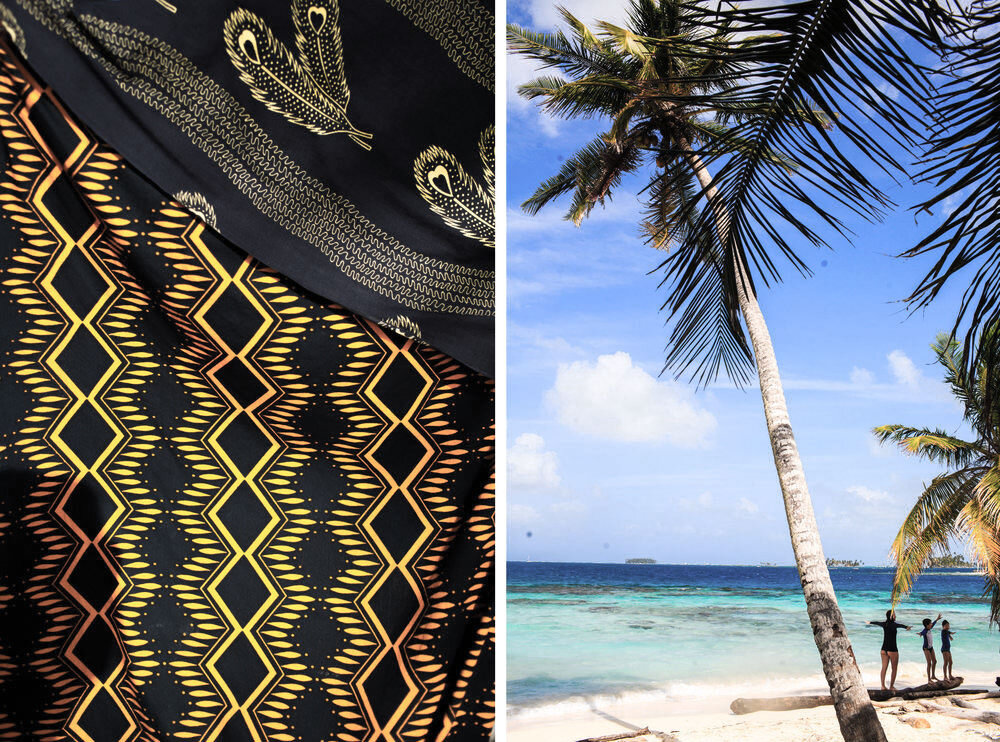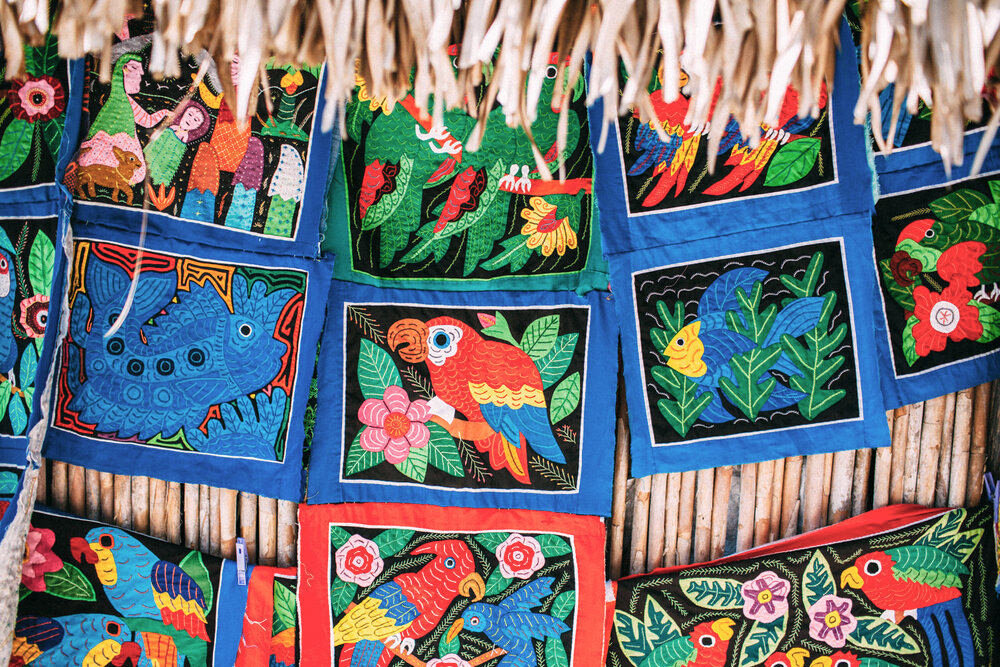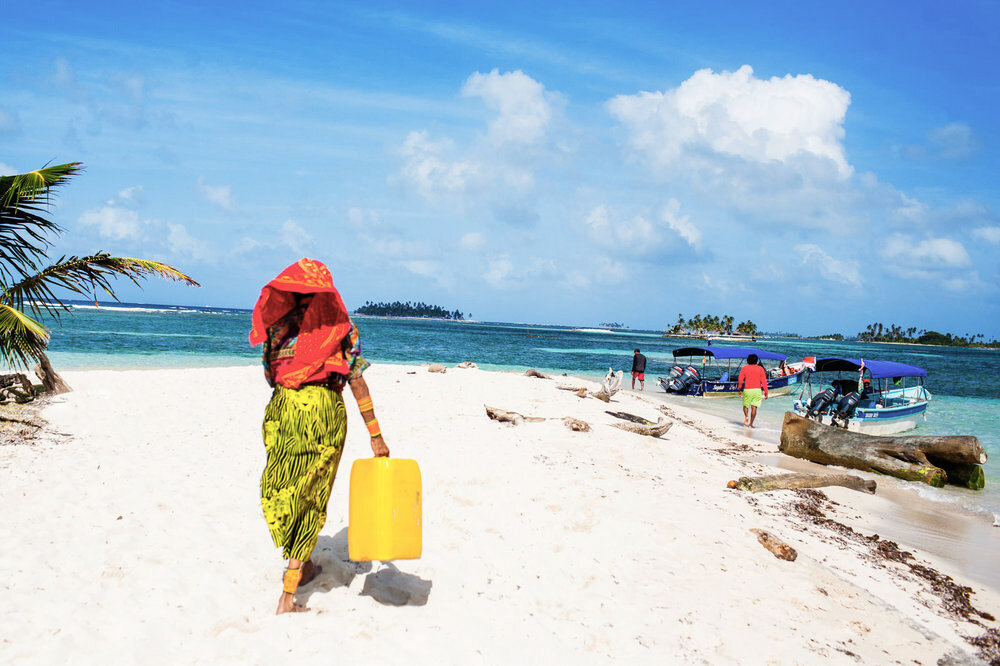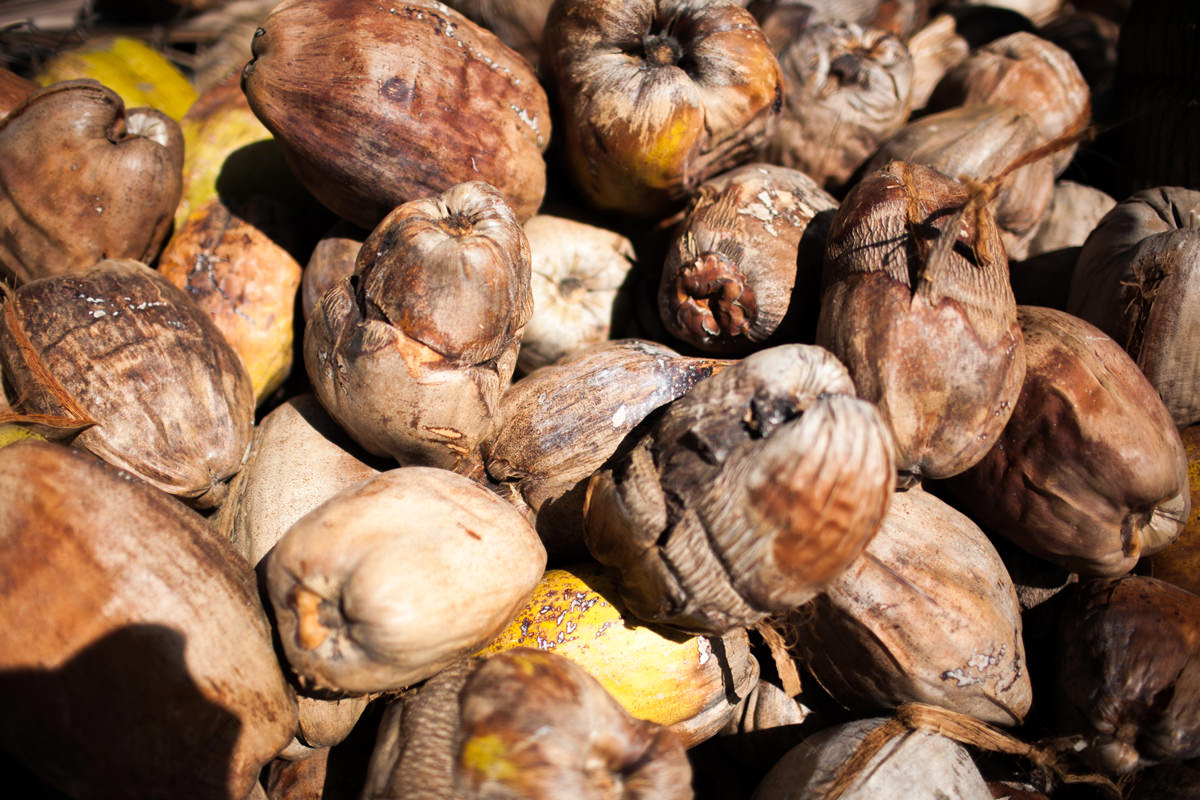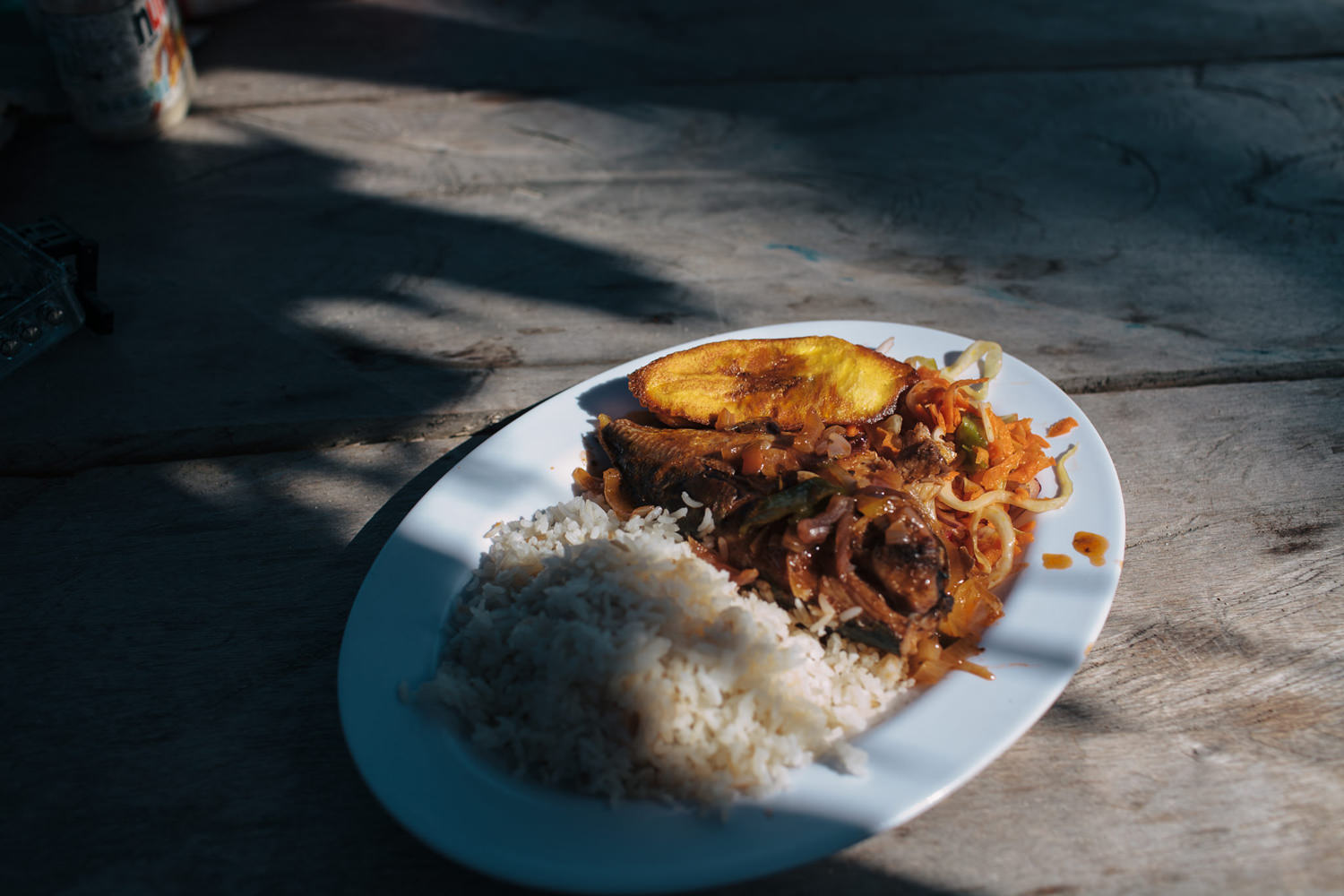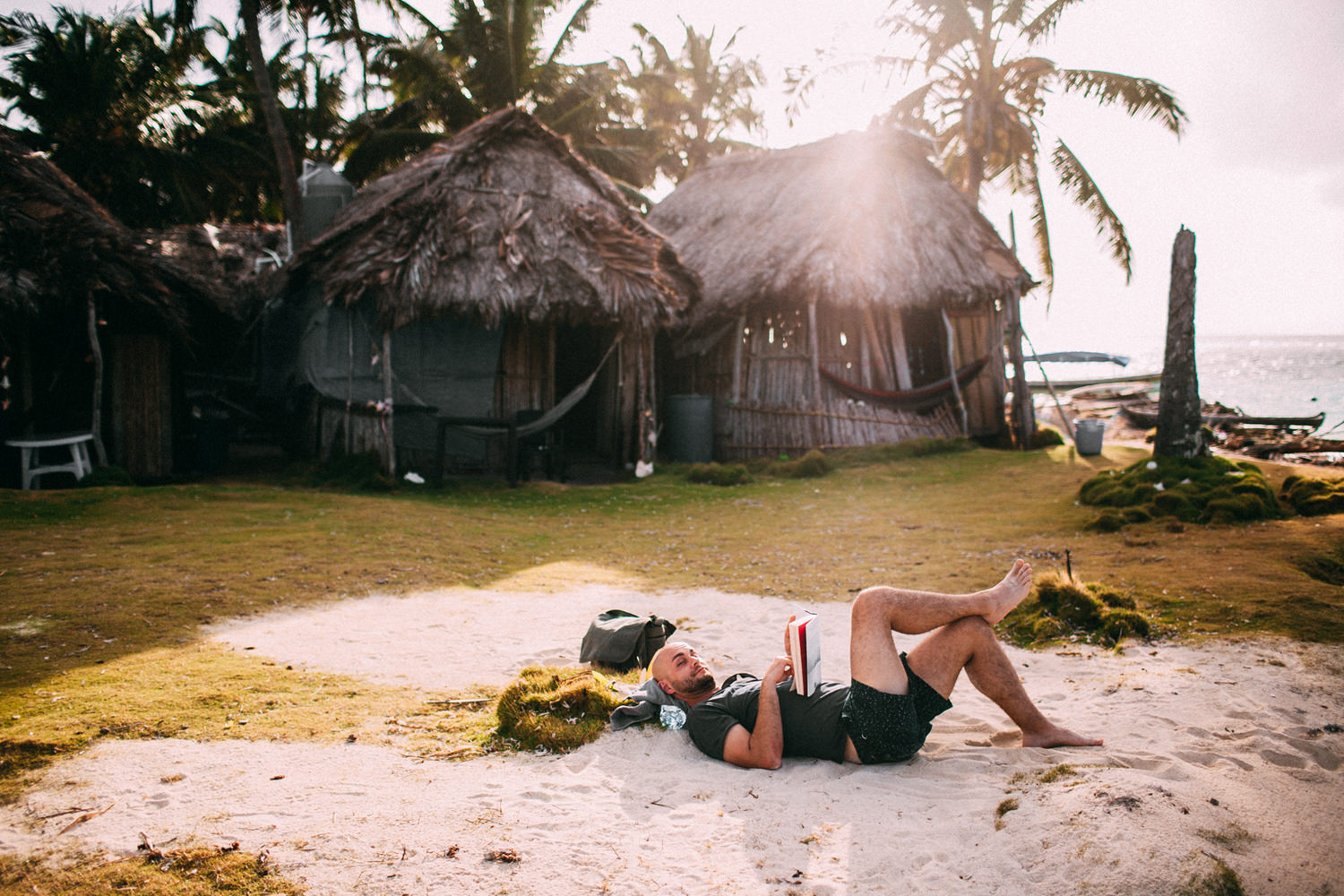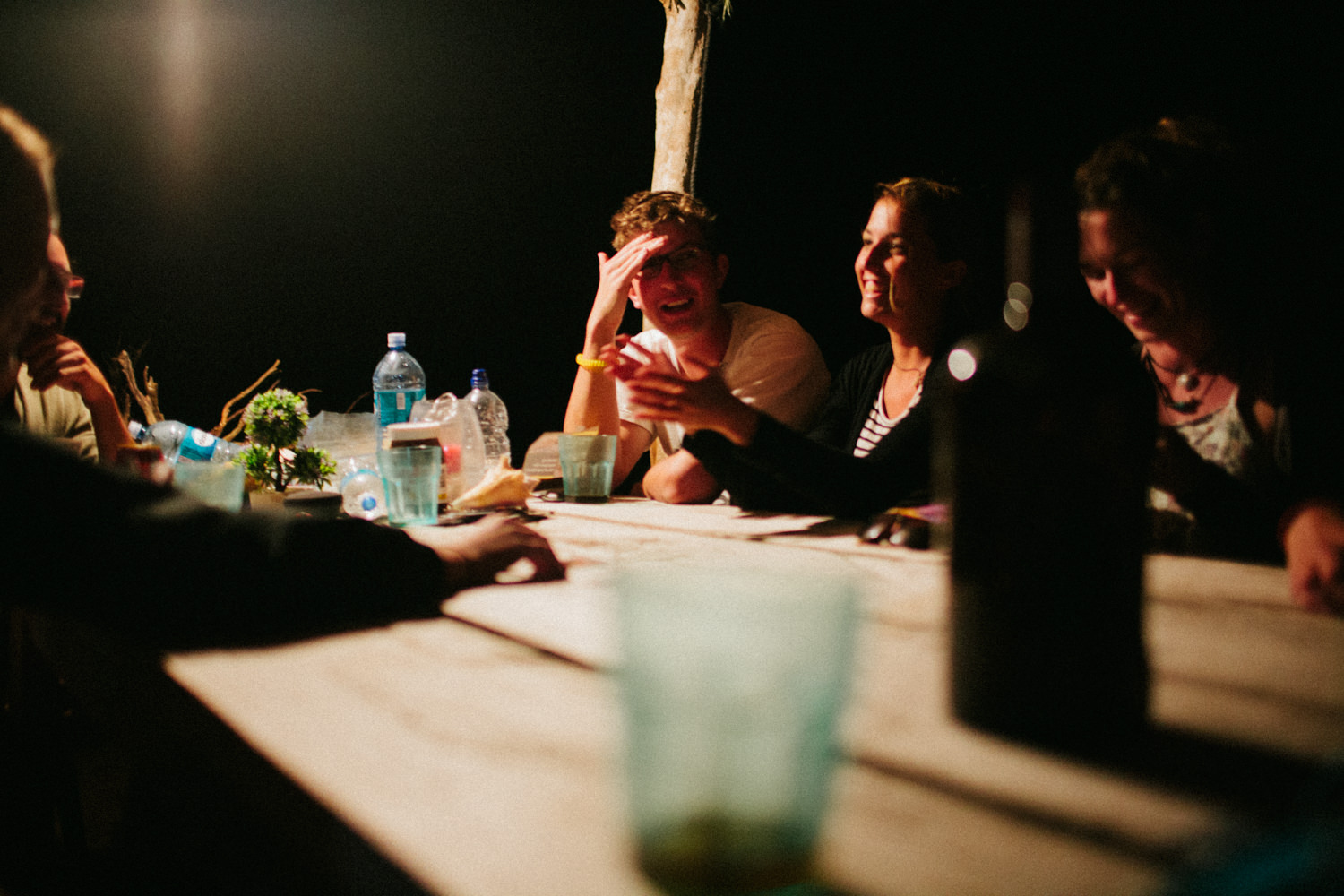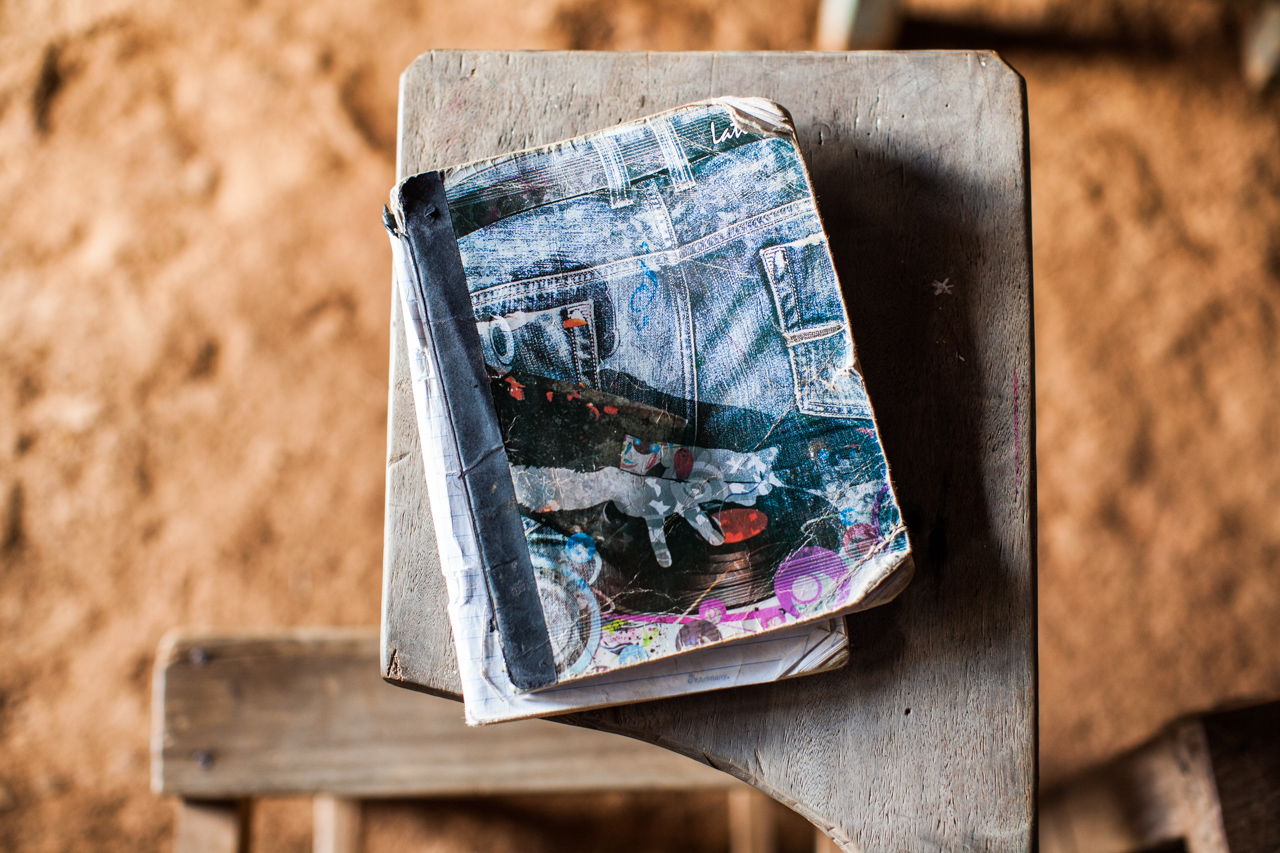2020. Halfway through.
It has been a difficult year so far in that it's been both surprising and challenging. Not being able to see my loved ones and doing the things that I’m passionate about - photography and travel - have been difficult. However, 2020 has had such a nice and promising start. My calendar was filled with work trips and new adventures, virtually without any day off. Destination weddings were happening in Costa Rica, Nicaragua, Italy, and even Poland. Humanitarian and documentary photography for various NGOs, assignments for magazines, and trips to remote locations and communities were all on the list. I had a lot of plans, but as we learn, everything can change in an instant, and our planner becomes irrelevant. This is definitely not the first nor the last lesson in humility. Now, fortunately for me, I have more time to dig through my archives; this reminds me of how incredible medium photography can be and how fortunate I am to have a job in this field.
Big Corn Island. The Caribbean dream.
February was just amazing. I got the chance to photograph a beautiful destination wedding in Big Corn Island, which is a paradise-like island in the Caribbean. It wasn’t my first trip there, but it was a great opportunity to revive my love for the island experience; the last time I was on an island was a couple years ago. I even made a blog post from my first journey to the Big Corn, and you can find it here. I decided to come a week before the event was meant to start. We usually stay at the Big fish Caffe - it's a small, boutique hotel and restaurant with a warm family atmosphere; not to mention, it's on the beachfront. We really like the owner - Miss Mary - and her family. On the northwest end of the island, we found a true oasis of peace. It was just us, the sand, some palm trees, a few local fishermen, and the turquoise water. Photographs can tell stories better than I can.
For someone who would like to find out more about the island, you can find a short guide at the bottom of this post. If you would like to see photos of the Caribbean wedding there, please visit: kubaokonweddings.com
My favorite watermelon boat.
The local bakery.
This is such a surreal scene. Horses are wandering freely around the turquoise beaches. It reminds me of some kind of kitschy collage. After noticing me, they ran away to a more deserted part of the beach.
The fisherman was cleaning his most recent catch - a barracuda fish. At one point, he whistled, then threw the fish waste high up in the air. A few dozen seconds later, from a distance of at least a few kilometers, a cormorant appeared to collect its price. It was hard to believe that the bird could hear and see the man from such a long distance. An incredible bond obviously existed between the animal and the fisherman.
The Barracudas
Kids are waiting for the school bus in front of the shrimp-covered bus stop. Each one of the Corn Island bus stops is decorated with a different sea creature, like the lobster, stingray, or crab.
These are Caribbean Patí, which is a type of spicy dumpling. I’m such a huge fan!
They are on their way to school.
They are getting ready for the wedding. The locals are helping to decorate the arch. How cute is this girl's dress?
One of my favorite pictures. Mia is by herself, dancing ballet on the empty beach near her mother’s restaurant.
CORN ISLANDS GUIDE:
Where are the Corn Islands located?
The Corn Islands are two nearby paradise-like sister islands known as the Big Corn and the Little Corn. They are located 70 km off the Caribbean coast of Nicaragua. The Islands, along with the eastern half of present-day Nicaragua, once belonged to a British colony. Due to that influence, Nicaraguan inhabitants speak mostly creole English. During a period in history, the islands were frequently visited by Caribbean pirates. Corn Island offers a great opportunity to get off the beaten path and experience the true island atmosphere; the place hasn’t been spoiled by mass tourism.
Little Corn is about a 45-minute 'panga' boat ride from Big Corn. There aren’t any paved roads there, so it’s a lot quieter and more remote as a result of this. Most tourists tend to stay on Little Corn. This Caribbean island is roughly one square mile in size.
Big Corn Island is three times bigger, less touristy, and home to the local community. It's colorful, and the people are really friendly and laid back. Life is also a lot simpler on the Corn Islands. While tourism is increasing, the primary industry of the Big Corn Island is fishing. Big Corn’s economy is based mostly on fishing, lobster hunting, and tourism. It has more of a “reggae” feel too if we are talking about the musical influence on the community. This place is ideal for a person like me that likes to learn about different perspectives on life; love to wander, watch, chat with people, and listen to others' stories.
How to get to the Corn Islands?
You have two options to reach the Corn Islands. A flight with La Costena from Managua airport directly to Big Corn is possible; the ticket price is around $160 per person. The flight takes one hour. You can also take the bus/panga/ferry method. You take a bus from Managua to Bluefields - a town on the Atlantic coast which has a new road. Before the road was built, the only way was to take a ‘panga’ motorboat from Rama to Bluefields via el Río Escondido. From Bluefields, it is a five-hour ferry ride through the Caribbean Sea to get to Big Corn. The cheaper, longer, and more adventurous option is the latter. You will definitely have some unforgettable experiences and see some amazing views along the way. I did it this way once, and it was fun, tiring, and more intense than expected.
How to get around.
Most of the places are walking distance from one another on the island. You can rent a bike or a scooter; you can just take a taxi as well; one dollar gets you to about anywhere you want on the island.
What to do on the Corn Islands?
There are several ways to explore the island, but walking is probably one of the most pleasing ways to get around. You can explore diverse beaches and get a glimpse of the local way of life. Snorkeling - there are a variety of places that offer snorkeling tours, with a rate of $20 for a few hours. Diving - there are also a couple of dive shops on both of the islands, and you can also get PADI certified. Stargazing - the sky at night is unpolluted and just breathtaking, so you'll want to stay up to see the stars.
What to eat on the Corn Islands?
Coconut bread is made on the islands, as is the traditional Rondón soup which consists of fish, vegetables, and coconut water. Personally, my favorite choice is the Patí, which is a type of spicy Caribbean dumpling filled with meat. We cannot forget it is an island, so all of the seafood is super fresh. You'll want to try the ceviche! For seafood, I can recommend a restaurant called the 'Seaside Grill' and for sweets tooth, the 'Island Bakery and Sweets', which are both located at the northern end of Big Corn.
You can Follow me on Instagram:























